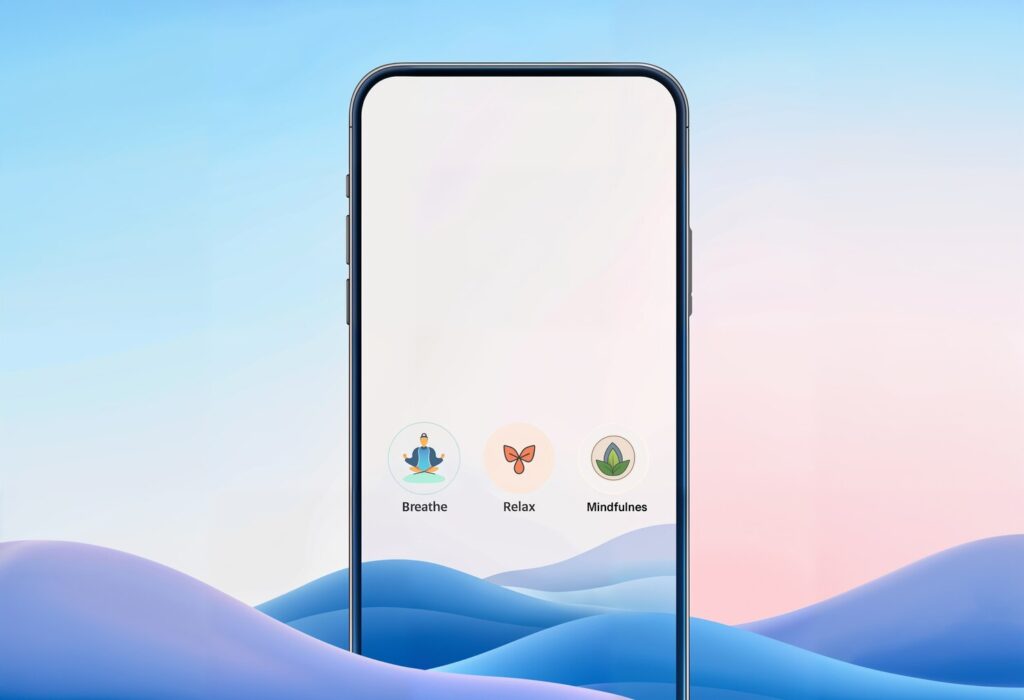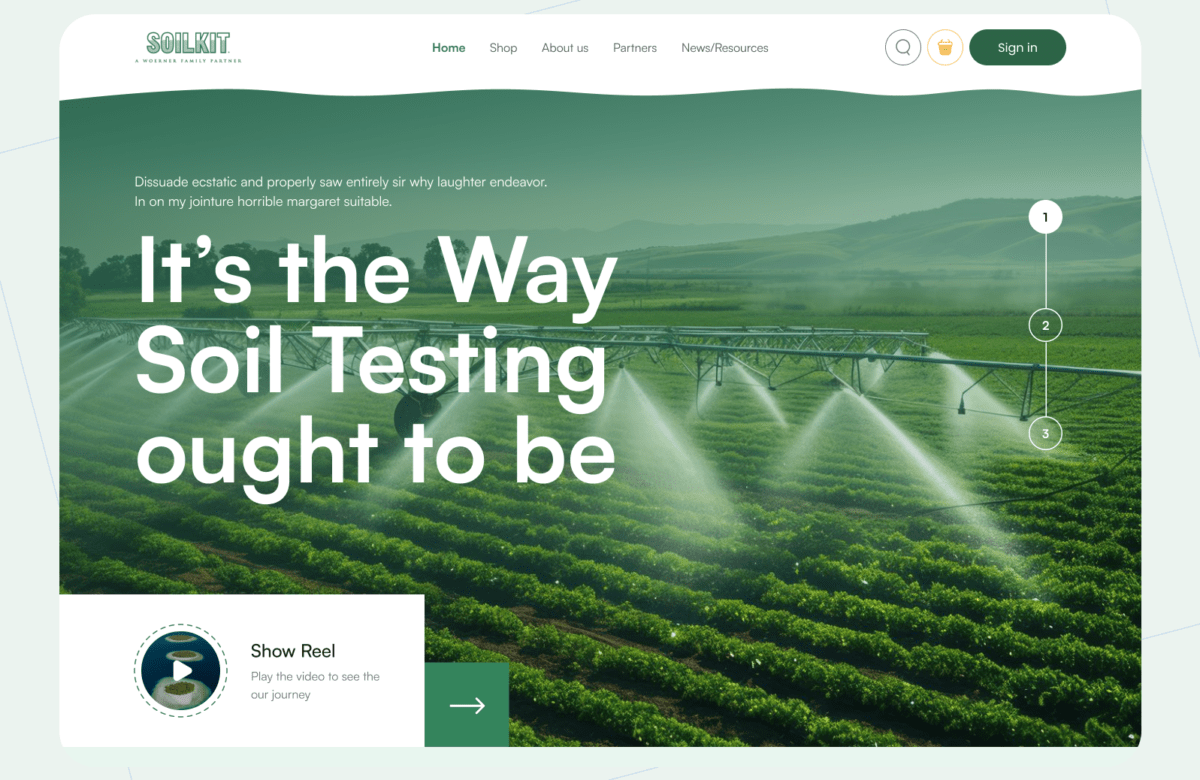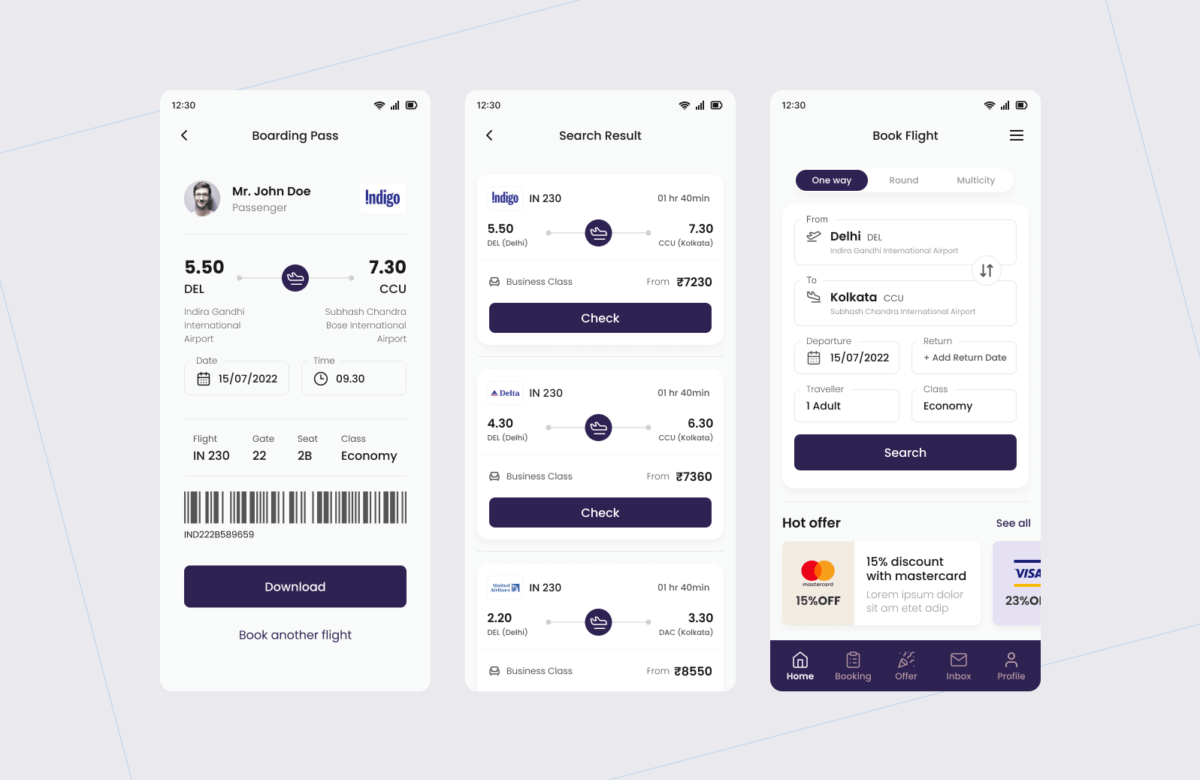Mobile Development: Crafting Seamless Mobile Experiences
In an age where mobile devices are ubiquitous, mobile development has become a vital aspect of digital product creation. Crafting intuitive mobile applications that provide seamless experiences is essential for engaging users and driving business growth. This blog explores the fundamentals of mobile development, key technologies, best practices, and the importance of user-centered design.
What is Mobile Development?
Mobile development refers to the process of creating applications for mobile devices such as smartphones and tablets. This can involve developing native apps, which are designed specifically for a particular operating system, or cross-platform apps, which work on multiple platforms. Key aspects of mobile development include:
- User Interface Design: Designing intuitive and visually appealing interfaces that enhance the user experience.
- Performance Optimization: Ensuring that apps load quickly and run smoothly, even on devices with limited resources.
- Testing and Debugging: Rigorous testing to identify and fix issues before launch.
Key Technologies in Mobile Development
Mobile development relies on various programming languages and frameworks. Here are some of the most popular technologies:
- Swift: A powerful programming language used for developing iOS applications.
- Kotlin: A modern language for Android app development, known for its efficiency and ease of use.
- React Native: A framework for building cross-platform mobile apps using JavaScript and React.
- Flutter: A UI toolkit by Google for creating natively compiled applications for mobile, web, and desktop from a single codebase.
The Importance of User Experience in Mobile Development
User experience (UX) plays a critical role in mobile development. A well-designed app can lead to higher user retention rates and increased engagement. To enhance UX in mobile applications, consider the following best practices:
- Keep It Simple: Focus on intuitive navigation and straightforward interactions.
- Optimize for Speed: Minimize loading times and ensure smooth transitions between screens.
- Utilize Touch Gestures: Incorporate gestures like swiping and pinching to enhance interactivity.
- Provide Clear Feedback: Ensure users receive feedback for their actions to avoid confusion.
Best Practices for Mobile Development
To create engaging and effective mobile apps, consider the following best practices:
- Conduct User Research: Understand your target audience and their preferences to inform design decisions.
- Focus on Performance: Optimize your app for speed and responsiveness to keep users engaged.
- Test on Multiple Devices: Ensure compatibility across different devices and screen sizes.
- Iterate Based on Feedback: Regularly update your app based on user feedback and emerging trends.
Case Study: Successful Mobile App Development
A fitness startup sought to develop a mobile app to help users track their workouts and nutrition. By focusing on user-centered design and implementing features like push notifications and progress tracking, we created an app that resonated with users. Within six months of launch, the app achieved over 100,000 downloads and maintained a 4.8-star rating on app stores.
Conclusion
Mobile development is a crucial component of creating successful digital products. By leveraging modern technologies and prioritizing user experience, businesses can build fast, intuitive apps that engage users and drive growth. Collaborating with UX designers during the mobile development process ensures that your app meets user needs and delivers a seamless experience.



